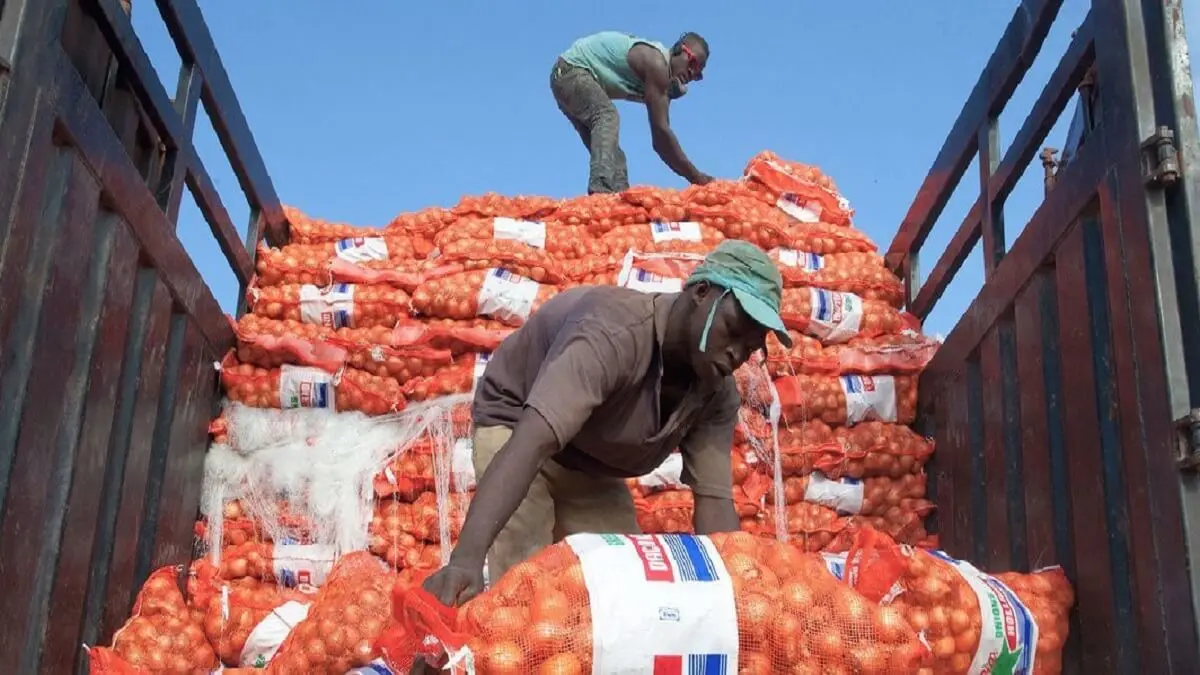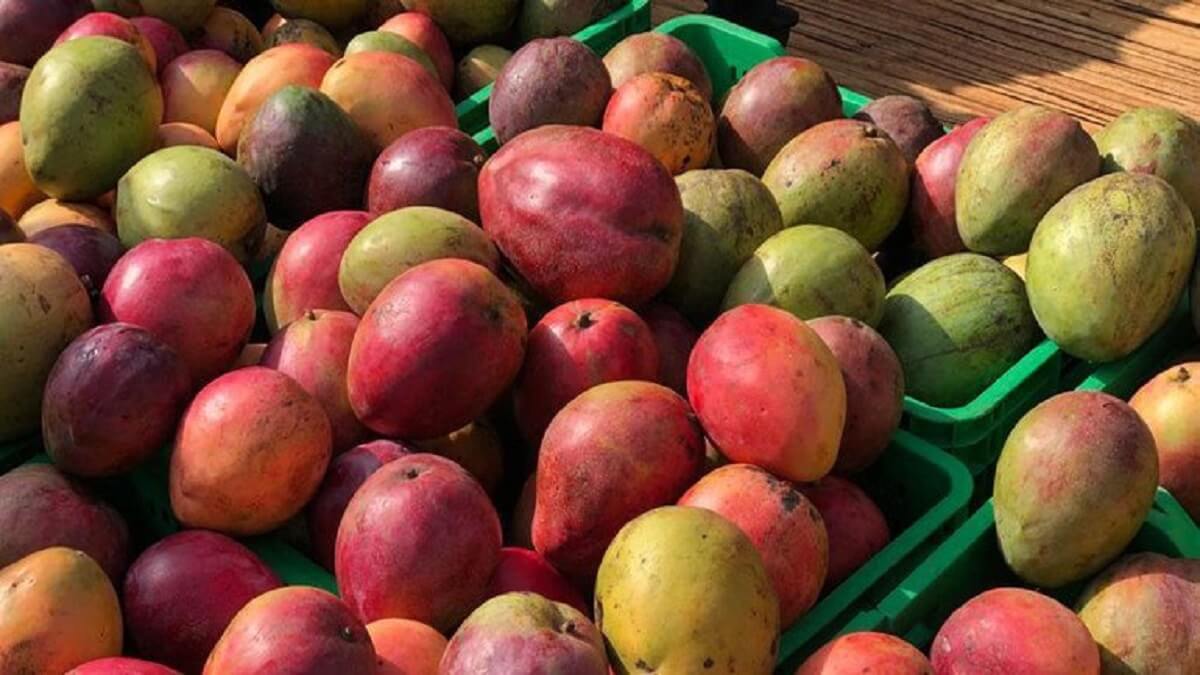Key trade deal for developing countries within reach

Following Brazil's ratification by the end of 2022, only one nation remains before the Global System of Trade Preferences among Developing Countries (GSTP), an agreement aimed at increasing South-South trade through tariff reductions and negotiated within the framework of the United Nations Conference on Trade and Development (UNCTAD), enters into force.
The 42 members of the System in Africa, Asia and Latin America have a population of 4 billion and constitute a total market of 16 trillion dollars, accounting for about 20% of world merchandise imports.
The Agreement was created more than three decades ago by the Group of 77, a coalition of developing countries, to boost trade among themselves.
"There is now an opportunity" for this mechanism, said UNCTAD assistant secretary-general Pedro Manuel Moreno at the opening session of the UN Trade Forum 2023, which focused on the agreement.
The UN agency estimates that if the members of the agreement implement the tariff reduction commitments from the last round of negotiations, known as the São Paulo Round Protocol, they could increase their common revenue by about $14 billion.
The tariff reductions would affect a wide variety of products ranging from fish and food to clothing and machinery-related items, depending on each country's commitments.

Faster growth than world trade
The System would tap the full potential of South-South trade, which has been growing faster than world trade.
"South-South trade, which for a long time was only an aspiration, has become one of the main forces responsible for growth and development in the last two decades," said former UNCTAD secretary-general, Brazilian economist Rubens Ricupero.
Since 2000, trade among developing countries has grown at an average annual rate of 9.8%, reaching $5.3 trillion in 2021. During the same period, world trade grew at a rate of 5.5%.
From competitors to trading partners
If there is any sector that has particularly benefited from this agreement, it is agriculture, as the members of the agreement span the globe creating a complementary and non-competitive network of crops and foodstuffs.
Thus, South American countries export mainly oilseeds, meat and cereals, while India tends to ship rice, crustaceans, tea or spices and Morocco fish products, vegetables, sugar and honey.
Trade helps address common challenges
In addition to food security, the pact addresses other common challenges facing developing countries, such as climate change and pollution.
Although developing countries contributed the least to global CO2 emissions, they suffer the most from its effects.
Reducing tariffs on renewable energy goods and services could boost the energy transition in developing countries and help them meet their climate commitments under the Paris Agreement.
The agreement could also create a larger market for natural substitutes for plastic, such as algae, bamboo and agricultural waste.
Many members of the System have these materials in abundance and could use them to make environmentally friendly versions of plastic straws, food packaging and other plastic consumer products.








